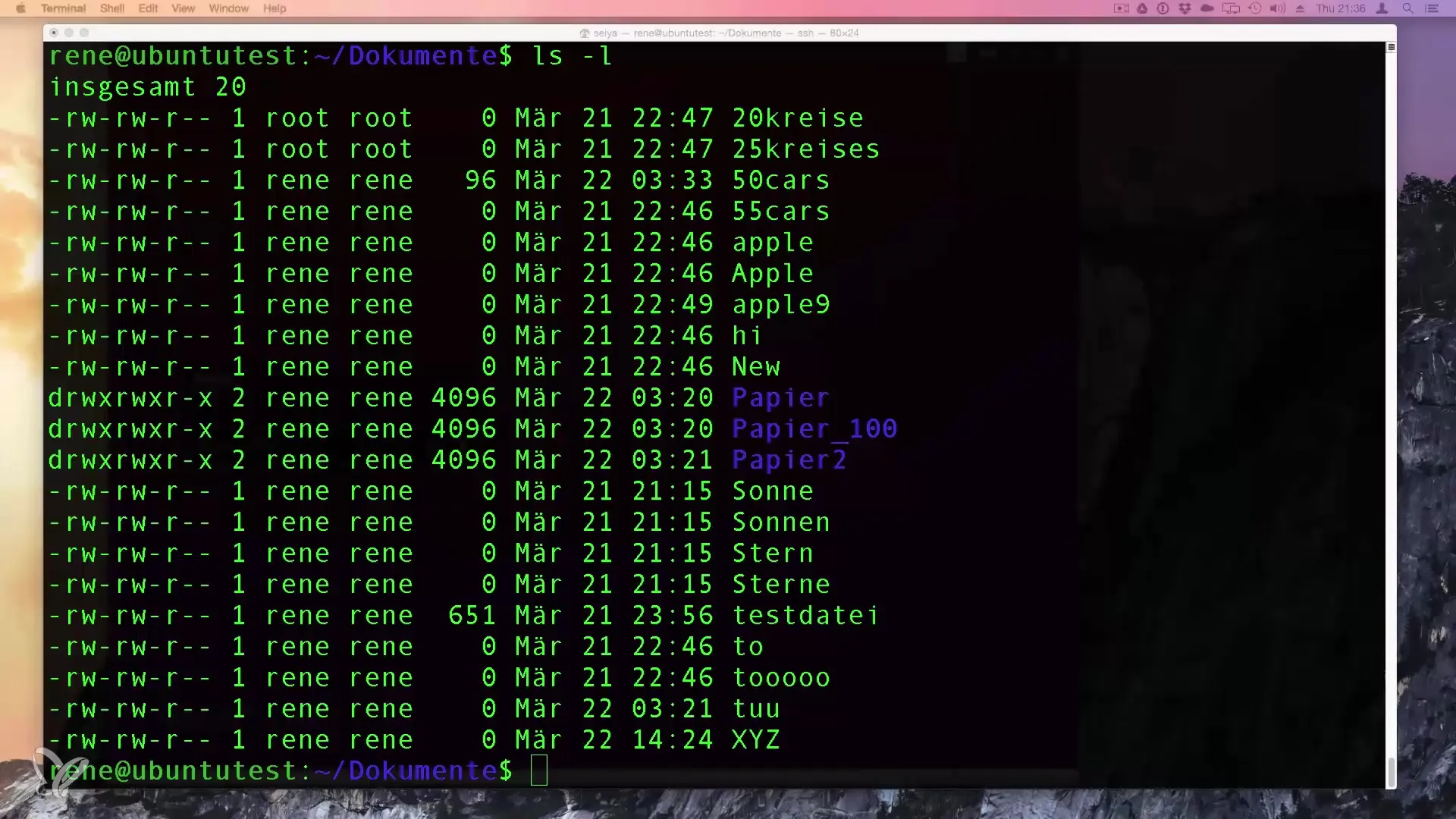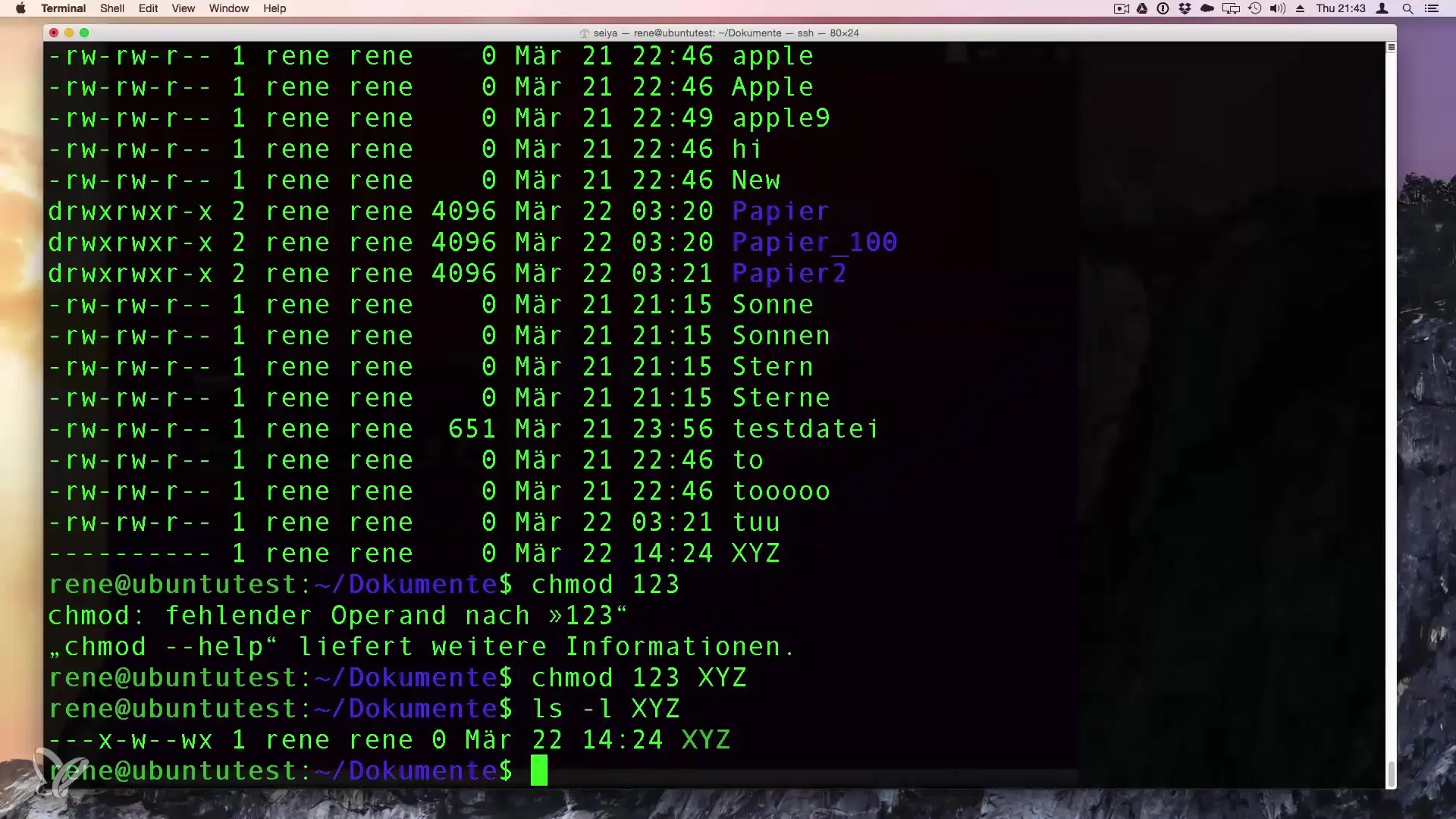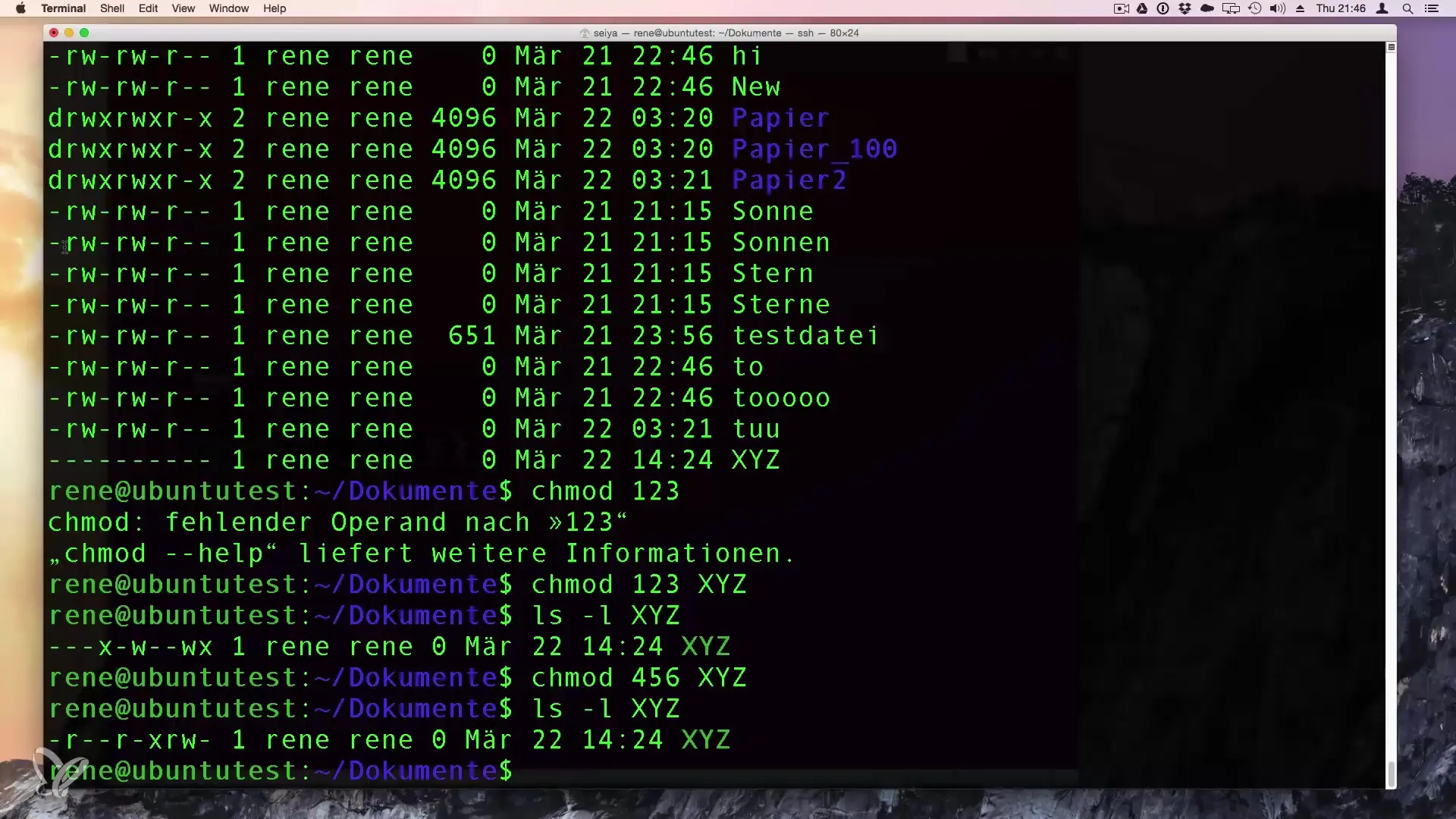The understanding of access rights under Linux is crucial for the effective management of files and folders. You will learn how to manage user rights for files and folders using the command “chmod”. This guide provides a clear overview of access rights and the various ways to adjust them.
Key insights
- You can set access rights for the owner of the file, the group, and other users.
- Access rights can be adjusted using the commands “chmod” and “chown”.
- The permissions are indicated in both symbolic and octal notation.
Step-by-step guide
1. Understanding general access rights
To begin with access rights, it is important to know that you can not only assign the owner and the group of a file or folder but also determine which actions each user is allowed to perform. There are permissions for the owner, the group, and other users wishing to use the file or folder.

The owner of a file can decide, depending on their rights, whether the file can be read, written, or executed by other group members or guests. These are fundamental considerations you need to work with when managing your files and folders.
2. Analyzing access rights
When you look at the list of files and folders, you will see a series of symbols that represent the current permissions. They are displayed in the form of letters and dashes, with the first letters indicating whether it is a directory (“d”) or a file (“-”).
So, for example, if you see a “d”, it signifies a directory, while a “-” means it is a file. The following letters in the list indicate what rights the user, the group, and other users have. “R” stands for read access, “W” means write access, and “X” represents execute rights.
3. Changing user rights with “chmod”
Now that you understand the basic concepts of access rights, we can turn to the command “chmod”, with which you can change these rights. The command allows you to set permissions for the owner, the group, and other users.
Here, “u” stands for the owner, “+” means adding, and “x” represents execute rights.
4. Setting detailed rights
In addition to symbolic notation, you can also set permissions using octal notation. This uses numbers to define the rights. Here, a number from 0 to 7 indicates which permissions are granted:
- 0: no rights
- 1: execute rights
- 2: write rights
- 3: write and execute rights
- 4: read rights
- 5: read and execute rights
- 6: read and write rights
- 7: read, write, and execute rights
For example, to give a file full rights for the owner, read and write rights for the group, and only read rights for others, you would use the following command:
Here, the owner has (7) read, write, and execute rights, the group (6) read and write rights, and others only (4) read rights.
5. Checking permissions
After adjusting the permissions, it is important to check them. You can do this by using the command “ls -l”, which displays a list of files and their permissions.

Make sure that the displayed permissions correspond to the expected rights, and adjust them again if necessary.
6. Conclusion on managing access rights
Managing access rights under Linux is a central topic that is important not only for data security but also for the proper functioning of applications and services. For best practices, it is advisable to set restrictive permissions and only grant the necessary rights.

By correctly setting and managing these permissions, you ensure a safer working environment and protect important data from unauthorized access.
Summary – Access rights in Linux: A detailed guide on using “chmod”
Adjusting access rights under Linux gives you control over your files and folders. With the commands “chmod” and a clear understanding of the permissions, you can effectively ensure that only authorized users have access to sensitive data.
Frequently asked questions
What does “chmod” mean?“chmod” stands for “change mode” and is used to change the access rights of a file or folder.
How do I set permissions for all users?You can set permissions for all users with “chmod o+rwx filename”.
How do I check the currently set permissions?Use the command “ls -l” to display the permissions for all your files and folders.
What are the parameters u, g, and o?u stands for user (User), g stands for group (Group), and o stands for others (Others).
How can I completely revoke rights?Use “chmod 000 filename” to revoke rights from all users.


